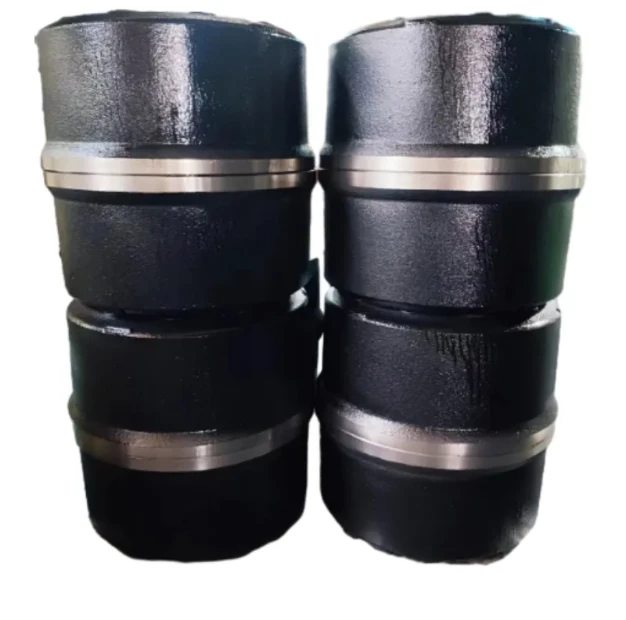
-
 Afrikaans
Afrikaans -
 Albanian
Albanian -
 Amharic
Amharic -
 Arabic
Arabic -
 Armenian
Armenian -
 Azerbaijani
Azerbaijani -
 Basque
Basque -
 Belarusian
Belarusian -
 Bengali
Bengali -
 Bosnian
Bosnian -
 Bulgarian
Bulgarian -
 Catalan
Catalan -
 Cebuano
Cebuano -
 Corsican
Corsican -
 Croatian
Croatian -
 Czech
Czech -
 Danish
Danish -
 Dutch
Dutch -
 English
English -
 Esperanto
Esperanto -
 Estonian
Estonian -
 Finnish
Finnish -
 French
French -
 Frisian
Frisian -
 Galician
Galician -
 Georgian
Georgian -
 German
German -
 Greek
Greek -
 Gujarati
Gujarati -
 Haitian Creole
Haitian Creole -
 hausa
hausa -
 hawaiian
hawaiian -
 Hebrew
Hebrew -
 Hindi
Hindi -
 Miao
Miao -
 Hungarian
Hungarian -
 Icelandic
Icelandic -
 igbo
igbo -
 Indonesian
Indonesian -
 irish
irish -
 Italian
Italian -
 Japanese
Japanese -
 Javanese
Javanese -
 Kannada
Kannada -
 kazakh
kazakh -
 Khmer
Khmer -
 Rwandese
Rwandese -
 Korean
Korean -
 Kurdish
Kurdish -
 Kyrgyz
Kyrgyz -
 Lao
Lao -
 Latin
Latin -
 Latvian
Latvian -
 Lithuanian
Lithuanian -
 Luxembourgish
Luxembourgish -
 Macedonian
Macedonian -
 Malgashi
Malgashi -
 Malay
Malay -
 Malayalam
Malayalam -
 Maltese
Maltese -
 Maori
Maori -
 Marathi
Marathi -
 Mongolian
Mongolian -
 Myanmar
Myanmar -
 Nepali
Nepali -
 Norwegian
Norwegian -
 Norwegian
Norwegian -
 Occitan
Occitan -
 Pashto
Pashto -
 Persian
Persian -
 Polish
Polish -
 Portuguese
Portuguese -
 Punjabi
Punjabi -
 Romanian
Romanian -
 Russian
Russian -
 Samoan
Samoan -
 Scottish Gaelic
Scottish Gaelic -
 Serbian
Serbian -
 Sesotho
Sesotho -
 Shona
Shona -
 Sindhi
Sindhi -
 Sinhala
Sinhala -
 Slovak
Slovak -
 Slovenian
Slovenian -
 Somali
Somali -
 Spanish
Spanish -
 Sundanese
Sundanese -
 Swahili
Swahili -
 Swedish
Swedish -
 Tagalog
Tagalog -
 Tajik
Tajik -
 Tamil
Tamil -
 Tatar
Tatar -
 Telugu
Telugu -
 Thai
Thai -
 Turkish
Turkish -
 Turkmen
Turkmen -
 Ukrainian
Ukrainian -
 Urdu
Urdu -
 Uighur
Uighur -
 Uzbek
Uzbek -
 Vietnamese
Vietnamese -
 Welsh
Welsh -
 Bantu
Bantu -
 Yiddish
Yiddish -
 Yoruba
Yoruba -
 Zulu
Zulu
Feb . 12, 2025 19:04
Back to list
drum brake return spring
Understanding and Choosing Drum Brake Return Springs A Comprehensive Guide
Authoritativeness in this domain involves curating information from reputable, industry-acknowledged sources to make informed decisions. For instance, consulting the National Highway Traffic Safety Administration's guidelines or cross-referencing with peer-reviewed automotive journals can lend credence to choices about part compatibility and functionality. This dedication to reliable sources distinguishes credible advice from the vast sea of internet content, ensuring motor enthusiasts and mechanics alike can make knowledgeable decisions. Trustworthiness in information dissemination means standing by the accuracy and reliability of your findings. It's about educating readers on the subtleties of brake maintenance that can prevent costly repairs and enhance vehicle safety. Sharing expertise about symptom identification and the nuances of proper maintenance builds a community based on trust and shared knowledge. Despite their underrated status, drum brake return springs deserve significant attention due to their impact on the overall performance and safety of the vehicle. Practical advice such as regular inspection intervals, recognizing signs of wear, and understanding replacement necessity can assist in maintaining optimal vehicle functionality. Furthermore, emphasizing safety can never be overstated—whether you're an amateur enthusiast or a seasoned mechanic, vigilance and adherence to safety standards protect lives. In summary, a proactive approach to understanding and maintaining drum brake return springs ensures both enhanced vehicle performance and longevity. Such diligence lays the groundwork for future discussions and continued learning, ensuring automotive safety remains at the forefront for everyone involved in vehicle maintenance and operation.


Authoritativeness in this domain involves curating information from reputable, industry-acknowledged sources to make informed decisions. For instance, consulting the National Highway Traffic Safety Administration's guidelines or cross-referencing with peer-reviewed automotive journals can lend credence to choices about part compatibility and functionality. This dedication to reliable sources distinguishes credible advice from the vast sea of internet content, ensuring motor enthusiasts and mechanics alike can make knowledgeable decisions. Trustworthiness in information dissemination means standing by the accuracy and reliability of your findings. It's about educating readers on the subtleties of brake maintenance that can prevent costly repairs and enhance vehicle safety. Sharing expertise about symptom identification and the nuances of proper maintenance builds a community based on trust and shared knowledge. Despite their underrated status, drum brake return springs deserve significant attention due to their impact on the overall performance and safety of the vehicle. Practical advice such as regular inspection intervals, recognizing signs of wear, and understanding replacement necessity can assist in maintaining optimal vehicle functionality. Furthermore, emphasizing safety can never be overstated—whether you're an amateur enthusiast or a seasoned mechanic, vigilance and adherence to safety standards protect lives. In summary, a proactive approach to understanding and maintaining drum brake return springs ensures both enhanced vehicle performance and longevity. Such diligence lays the groundwork for future discussions and continued learning, ensuring automotive safety remains at the forefront for everyone involved in vehicle maintenance and operation.
Latest news
-
What Are Drum BrakesNewsJul.07,2025
-
Understanding Brake Drum MaterialNewsJul.07,2025
-
Semi-Trailer Brake Drum: A Key Component for Extreme Loads and Long-Distance TransportNewsJul.07,2025
-
Drum Brake Pads for SaleNewsJul.07,2025
-
Brake Drums for SaleNewsJul.07,2025
-
Brake Drum ManufacturerNewsJul.07,2025
-
Aluminum Brake Drums: The Future of High-Performance CarsNewsJul.07,2025
